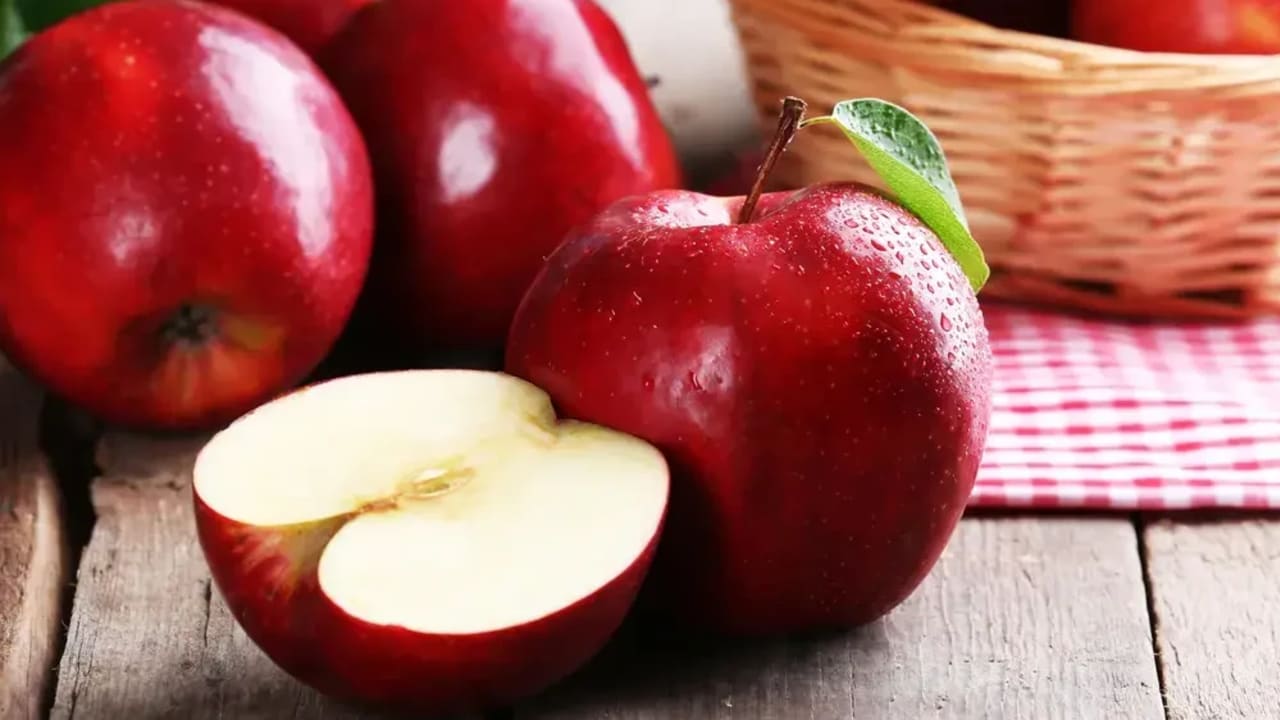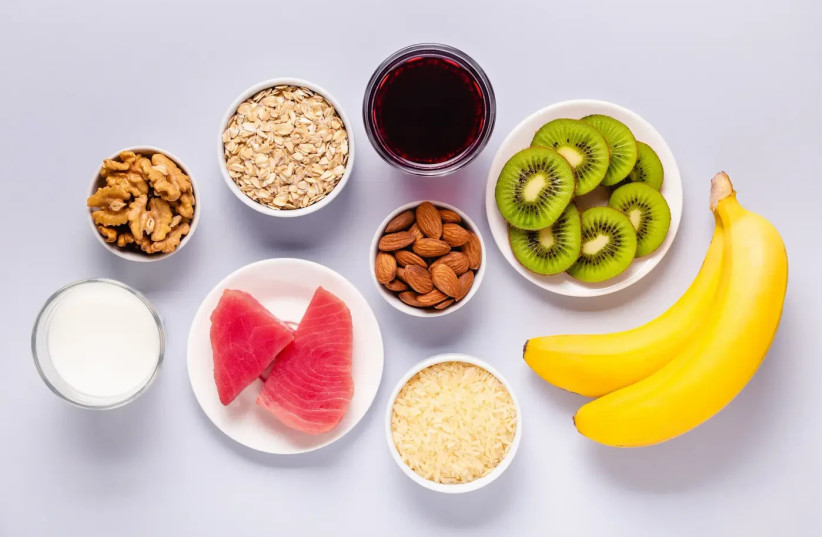Jerusalem Post
ByDR. MAYA ROSMAN
They are available year-round, fit easily in a bag, require no refrigeration, and are relatively mess-free—apples are the most accessible and most eaten fruit in Israel.
1. The most practical fruit in the fridge (or bag)
Apples are available in every season, last a long time, and don’t require peeling or fuss. Thanks to the peel, they stay fresh even outside the fridge and provide a convenient, low-calorie snack. Most importantly—unlike processed snacks, an apple is a whole, natural food with a very short ingredient list: Apple.
2. Calories and sugar
A large apple (about 200 grams) contains roughly 80 calories and about 20 grams of carbohydrates—of which 4 teaspoons are natural sugar (mostly fructose). Sounds like a lot? Maybe—but it’s important to remember: This sugar comes “packaged” with dietary fiber that slows the absorption of sugar into the bloodstream.
Ultimately, compared to other fruits, the glycemic index of an apple is low/medium—much lower than dates, watermelon, or grapes, for example.
If you want to further reduce the apple’s glycemic impact, combining it with a few nuts or almonds, or even 3% fat yogurt, will lower the blood sugar spike and add a prolonged feeling of fullness.
3. Vitamins and minerals
It’s true—apples are not overflowing with vitamins like oranges or pomegranates, but they do contain several beneficial nutrients:
A moderate amount of vitamin C
Polyphenols and antioxidants that reduce disease risk and strengthen the immune system
About 3–4 grams of dietary fiber per whole apple—a significant contribution to digestive health
A small amount of potassium and magnesium—not high, but it counts as part of daily intake
In short, an apple may not replace a multivitamin, but it is an important part of the daily diet routine.
Apples are coated (also in Israel) with a thin layer of wax, which prevents moisture loss and significantly extends shelf (credit: SHUTTERSTOCK)
4. The wax on the peel—myth or fact?
Have you noticed apples can stay in the fridge for months without changing? Sometimes I am amazed to see an apple I bought months ago looking the same. This is no coincidence.
Apples are coated (also in Israel) with a thin layer of wax, which prevents moisture loss and significantly extends shelf life. Usually, the wax is plant-based (such as carnauba wax) and is approved for food use.
Currently, there is no research indicating harm from this wax. But if you wish, it can be partially removed by washing in warm water with a little regular dish soap. In any case—the wax is only on the peel. Those who prefer can peel the apple, but this also removes much of the fiber and antioxidants.
5. The myth of peeling apples—false
I’ve heard many claim that peeling apples eliminates all their nutritional value. Well, peeling an apple does slightly reduce the fiber we consume, but it does not reduce the amount of vitamins, including vitamin C.
Vitamins are inside the apple—just like in the peel—and peeling does not reduce vitamin content, as can be seen when checking nutrient tables for 100 grams of apple. So those who prefer to peel, cut, and eat slowly can relax—it’s still healthy. A peeled apple is better than none at all. This is especially true for small children and older adults with dental issues.
6. Do red apples have more sugar than green apples?
Not necessarily. The sweetness we taste depends on many factors, not just sugar percentage. For example, onions also contain sugar, but it is not noticeable because of their spiciness, and only after baking, when the sharp compounds break down, does the sweetness become apparent.
Watermelon, for instance, tastes very sweet, but its sugar content is 7–8%, which is lower than oranges or grapefruits, which taste less sweet and more tart.
Green apples have a sugar content similar to red apples, but the acid level differs. Differences in sugar content between green apples (like Granny Smith) and red apples (like Fuji, Gala, Red Delicious) are very small:
Green apples (Granny Smith): Less sweet, averaging 9–10 grams of sugar per 100 grams of fruit.
Red apples (Fuji, Gala): Sweeter, averaging 11–13 grams of sugar per 100 grams of fruit.
In other words—the difference is about 2–3 grams of sugar per 100 grams, roughly half a teaspoon. Essentially, regarding calories and health—the difference is negligible. What makes green apples taste less sweet is their higher malic acid content, giving them pronounced tartness.
7. Does an apple really protect health?
The famous English saying—An Apple a Day Keeps the Doctor Away—was probably invented during a crisis in the U.S. apple-growing industry.
However, a study published in JAMA tested this scientifically—comparing people who ate an apple a day to those who did not. The study did not find a direct link to fewer doctor visits, but better dietary habits were observed among the apple-eating population. In other words—the apple itself is not a medical miracle, but it is part of healthy eating habits.
So yes—an apple a day? Absolutely! Although it is not the richest in vitamins or the most diet-friendly—the apple is a smart fruit suitable for almost any situation:
Maintains a feeling of fullness
Fits almost any diet plan
Good for diabetics in the right portion
Pairs well with yogurt, oatmeal, nuts, smoothies, and even leafy salads
And above all—keeps it simple: Minimal processing, maximum accessibility



















